Using a dimmer reduces the amount of electricity your lights use while giving you more control over the way your space looks and feels. But not all dimmers are the same—in fact, they use different technology based on the kind of lighting you need to adjust.
We’ve provided beautiful home lighting services in Calgary for years, so we know all about how different types of dimmers work. Find an explanation for each kind below, along with our recommendations on the best areas to use them in.
Types of Dimmers
Incandescent
Dimmer switches for incandescent bulbs introduce a resistor to the circuit, which reduces the amount of current reaching the bulb. The more resistance you add, the less current the bulb receives, and the less light it produces.
Incandescent lighting is extremely common, but it’s also the least energy efficient and produces the most heat. If you have an urgent problem with your incandescent lights or dimmers, our team can provide emergency electrical services.
Pros
- Largest controllable dimming range (0% to 100%)
- Excellent for creating ambiance due to the warmth of incandescent light
- Among the most affordable kinds of dimmers
Cons
- Less energy efficient than other type of dimmers
- Resistance converts lost energy to heat, which can make the dimmers warm
- Incandescent bulbs do not last as long as other kinds
Best For
Residential applications where controlling the amount of warm light in a space helps set the mood. The best rooms in your home to use an incandescent dimmer are the bedrooms, living rooms, and dining rooms.
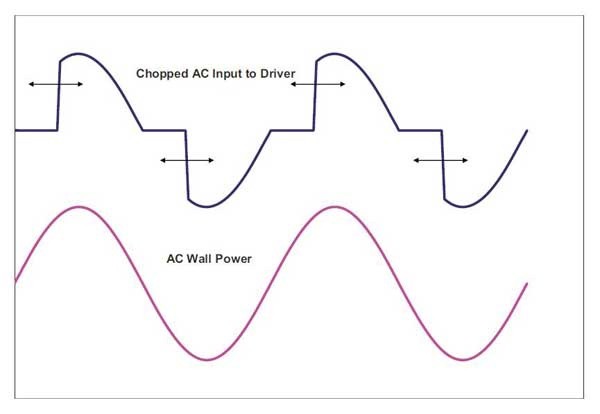
Halogen
Most halogen dimmers use a technique called “phase control” to switch the light circuit off and on again rapidly—about 120 times per second.
Since North American household alternating current (AC) changes direction 60 times per second, there are two points per cycle when the voltage running through the current is zero. The dimmer turns the circuit off at these points, and on again elsewhere in the cycle, depending on what brightness level the switch is set to. The earlier in the cycle the current comes back, the brighter the light becomes.
Pros
- Halogen dimmers are more energy efficient than those used for incandescent bulbs
- Phase control makes the dimming process smoother and reduces flickering
- Halogen bulbs produce white light that is excellent for work areas
Cons
- Halogen bulbs generate even more heat than incandescent bulbs
- Halogen dimmer switches are more expensive than those for incandescent bulbs
- Not as efficient as LED dimmer switches
Best For
Utilitarian spaces where clean, white light is ideal. Use them in your home’s laundry room, or in residential and commercial workshops.

Magnetic Low Voltage (MLV)
MLV dimmers use a transformer to reduce 120V AC current to 12 or 24V. When this lower voltage current is delivered to an incandescent or halogen bulb, it produces less light.
The transformers used in this process reduce the current via phase control, similar to the resistive incandescent dimmers described above—but the technology involved is different.
Copper wound around a steel core allows energy to be caught and stored in a small magnetic field. Since standard incandescent dimmer switches can actually damage these transformers, special inductive dimmer switches are required instead.
Pros
- Easy to install due to less required wiring
- Can be used in tighter spaces
- Suitable for higher wattage loads
Cons
- Can be more expensive due to the cost of transformers
- Limited range of dimming compared to incandescent and LED dimmers
- Can produce a low buzzing that is audible in quiet spaces
Best For
Homes with modern design features. Use these dimmers for recessed lighting and track lighting (like under counters).
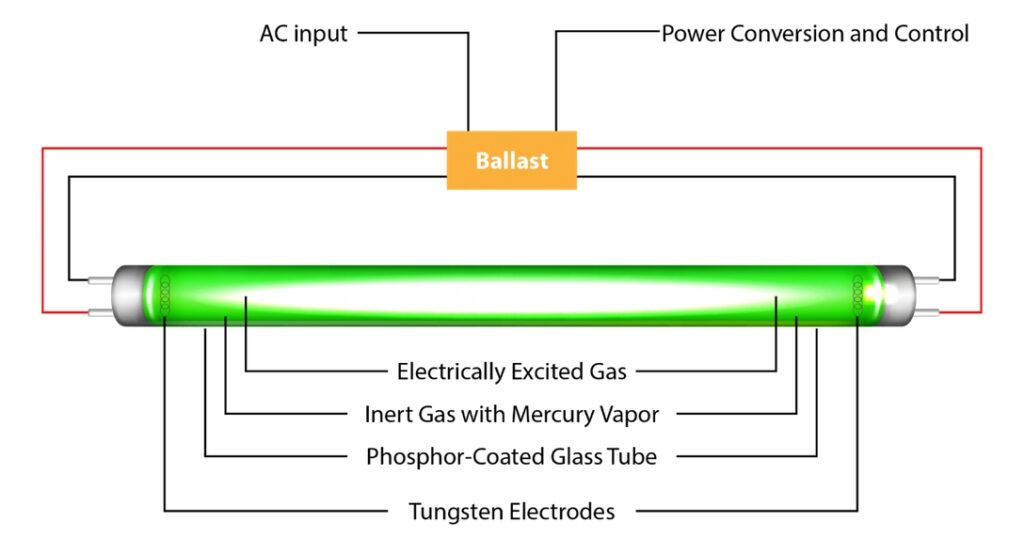
Fluorescent
Fluorescent bulbs use heated electrodes to produce gas inside the tubes, and naturally have negative resistance. These lights typically use a ballast to supply voltage to the bulb and heat the electrodes, so dimmers for fluorescent lights reduce the voltage that the ballast produces.
Pros
- Smooth dimming with no flickering
- Fluorescent lights are more energy efficient than incandescent bulbs
- Can handle higher voltage loads
Cons
- Limited dimming range compared to incandescent and LED dimmers
- Fluorescent lighting may create buzzing or humming sounds
- Higher initial cost than many other dimmer types
Best For
Residential basements and garages with existing fluorescent lighting, as well as commercial spaces. Since the vast majority of North American commercial businesses use fluorescent lighting, ballast dimmers can reduce lighting costs without having to pay for a retrofit.
Fluorescent lighting needs to be carefully set up and periodically checked to ensure its safety. Routine electrical inspections are a great way to make sure any fluorescent dimmers you’re using are safe.
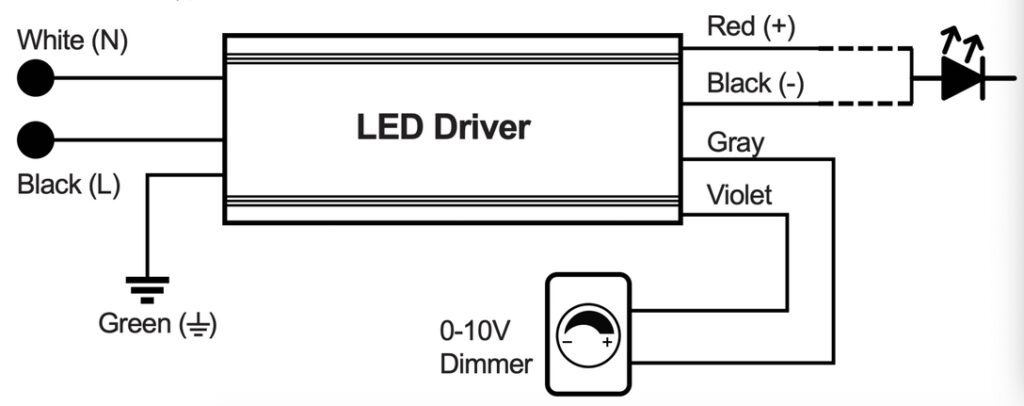
Light Emitting Diode (LED)
When current passes through an LED, it produces harmless electromagnetic radiation that creates visible light. LED dimmers use adjustable drivers to modulate this current and adjust the brightness of the bulbs.
Most LEDs list the dimming level of their drivers on the packaging—so when you’re shopping for LED lights, be sure to check and see how much you can dim them.
Learn more about upgrading to LED lighting here.
Pros
- LED lights are up to 90% more energy efficient than standard incandescent bulbs
- Much less heat generated than incandescent or halogen bulbs
- Wide dimming range (depending on the bulbs you buy)
Cons
- Not all LED lights are dimmable (check bulbs before buying)
- Higher upfront cost than incandescent or halogen dimmers
- May require a neutral wire in your electrical box, increasing installation complexity
Best For
Residential areas where adjustable task lighting is needed. LED dimmers are ideal for kitchens, bathrooms, and workshops—but they can also be great for living areas in modern homes where clean bright lighting is desired.
Dimmer Types Comparison Chart
| Dimmer Type | Energy Efficiency | Dimming Range | Ideal Use Cases | Heat Generated | Cost |
| Incandescent | Less energy efficient | Largest controllable (0% to 100%) | Residential spaces, bedrooms, living rooms, dining rooms | High | Among the most affordable kinds |
| Halogen | More energy efficient | Moderate to high | Utilitarian spaces, laundry rooms, workshops | Very High | More expensive than incandescent |
| Magnetic Low Voltage (MLV) | Moderate to high | Moderate to high | Modern-designed homes, recessed lighting, track lighting | Moderate | Can be more expensive due to transformers |
| Fluorescent | More energy efficient | Limited | Residential basements, garages, commercial spaces with existing lighting | Moderate | Higher initial cost |
| Light Emitting Diode (LED) | Highly energy efficient | Wide | Residential areas, kitchens, bathrooms, workshops | Low | Higher upfront cost |
What About Smart Dimmers?
Smart dimmer switches can be wirelessly controlled via WiFi, Mesh, or Bluetooth—allowing you to control or program your lights from your device. You can either set them manually or choose preferences so that your lights change automatically (for example, having them change brightness levels at certain times of day).
Smart dimmers are widely available for most lighting types (especially incandescent, and LED) and can save you extra money by automatically providing light when and where you need it. Learn more about smart lighting for homes and businesses.
Let’s Light The Way For Your Family
Saving money and controlling the mood in your space are both great reasons to use dimmer switches, just choose the right kind of dimmers and lights for your space. We can help with that!
Contact 4-Star Electric to speak with a certified electrician who can recommend safe and effective dimmer switches for your property and install them professionally. For more details, browse our most frequently asked questions about dimmers below.
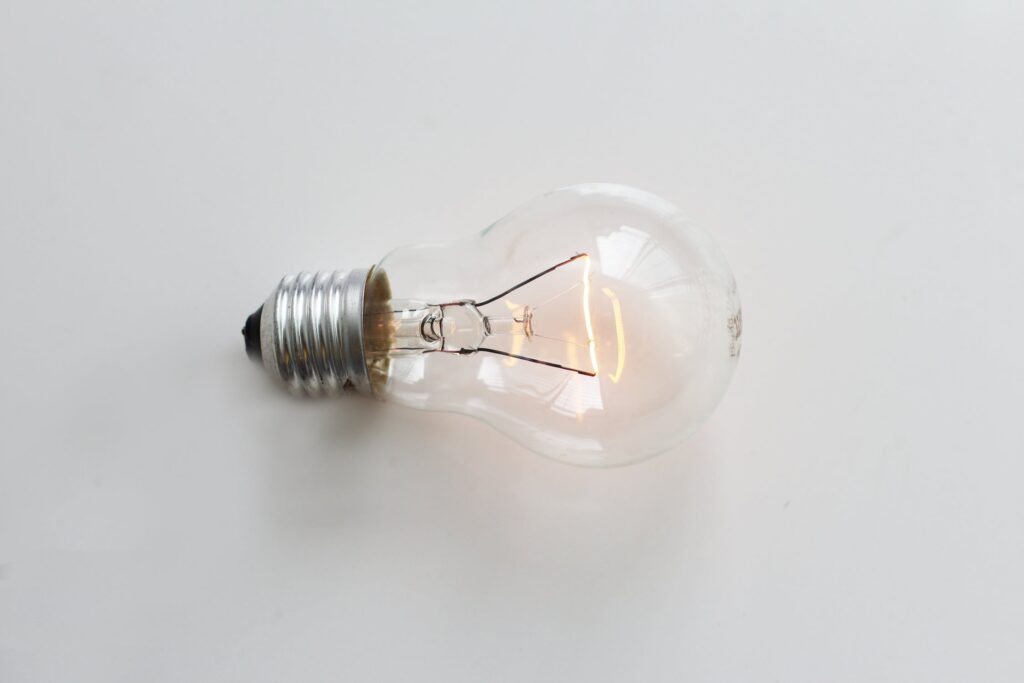
Frequently Asked Questions About Dimmers
Can I use any dimmer with LED bulbs?
Not all dimmers are compatible with LED bulbs. It’s essential to check the dimmer’s specifications for LED compatibility.
Are smart dimmers difficult to install?
Smart dimmers may require additional setup, including connecting to a smart home hub or network. Follow the manufacturer’s instructions for installation and make sure to hire our professionals if any electrical work is required.
Can I use a dimmer with all types of light fixtures?
Dimmers are generally suitable for most light fixtures, but compatibility may vary. Check the dimmer’s specifications and consult with the fixture manufacturer if needed.
How much energy do dimmers save?
Dimming your lights can save up to 40% of energy over time and make your bulbs last nearly 20 times longer, especially when using dimmable LED bulbs.
Are all dimmers compatible with three-way switches?
Not all dimmers support three-way switch configurations. Look for dimmers specifically designed for use with three-way setups if needed.
Can I use a dimmer with a ceiling fan?
Dimmers designed for fan control are available. However, not all dimmers are suitable for use with ceiling fans, so choose one designed for this purpose.


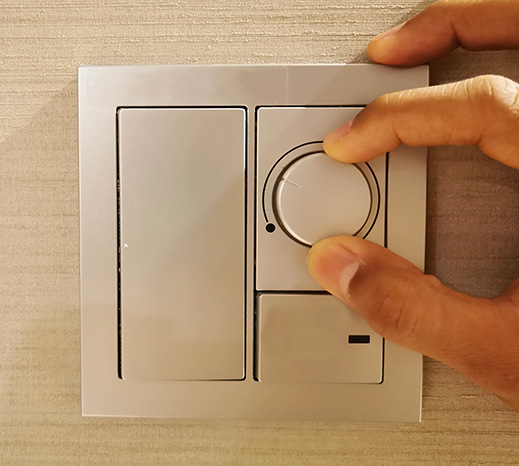
One thought on “Different Types of Dimmers”
Comments are closed.